Pull-ups are one of the most effective upper body exercises, sculpting your back, shoulders, arms, and core while building functional strength. Yet for many, getting that first clean rep feels impossible, or the idea of hanging from a doorway bar feels intimidating or inconvenient. That’s where a pull-up machine for home steps in, giving you the stability and support you need to practice consistently and progress safely.
Why a Pull-Up Machine Makes Sense for Home Gyms
While a simple bar might seem enough, a pull-up machine home setup allows more versatility, safety, and progression options. Whether you choose a pull up bar machine with multiple grips or an assisted pull-up machine for home, you’ll enjoy:
-
Progressive strength building: Assisted models help you gradually reduce assistance as your strength improves.
-
Multiple grip options: Train wide grip, neutral grip, and chin-ups to target different parts of your back and arms.
-
Stability and safety: Machines provide a secure platform, reducing the risk of swinging or poor form.
-
Compact designs: Many models are designed to fit in a corner or low-ceiling room, making them practical for apartments and garage gyms.
The Benefits of an Assisted Pull-Up Machine for Home
If you’re working toward your first unassisted pull-up, an assisted pull-up machine for home can bridge the gap. Using adjustable counterweights or resistance bands, you can reduce your effective bodyweight while maintaining proper form, allowing you to strengthen your muscles without strain. Over time, you can reduce assistance until you’re confidently pulling yourself up unassisted.
This approach helps you build the necessary back and arm strength while protecting your shoulders, which is crucial for consistent progress.
My Experience with a Pull-Up Machine at Home
I remember when I could barely manage half a pull-up without feeling discouraged. Adding a pull-up machine home setup changed everything. I started with moderate assistance, focusing on form, breathing, and controlled reps. Within months, I moved from assisted reps to multiple unassisted pull-ups, gaining noticeable back definition and grip strength that carried over to deadlifts and rows. Having the machine at home meant I could practice frequently without worrying about crowded gym spaces or waiting for equipment, making it one of the most worthwhile additions to my setup.
Choosing the Right Pull-Up Machine for Your Space
When considering a pull-up machine for home, evaluate:
-
Space available: Look for a compact footprint if your room is small.
-
Weight capacity and stability: Ensure the machine feels secure under your weight.
-
Assistance options: If you’re a beginner, prioritize adjustable assistance.
-
Additional functions: Some machines combine dip bars, vertical knee raise stations, or cable attachments for more training variety.
Final Thoughts
Adding a pull-up machine to your home gym is a powerful investment in your strength and confidence. Whether you’re aiming to master your first rep or add volume safely to your training, it creates a low-barrier, consistent opportunity to improve.
Consistency is key with pull-ups, and having your machine just steps away ensures you can integrate them seamlessly into your weekly training. Over time, you’ll not only build a stronger back but also a sense of accomplishment with every rep you conquer.


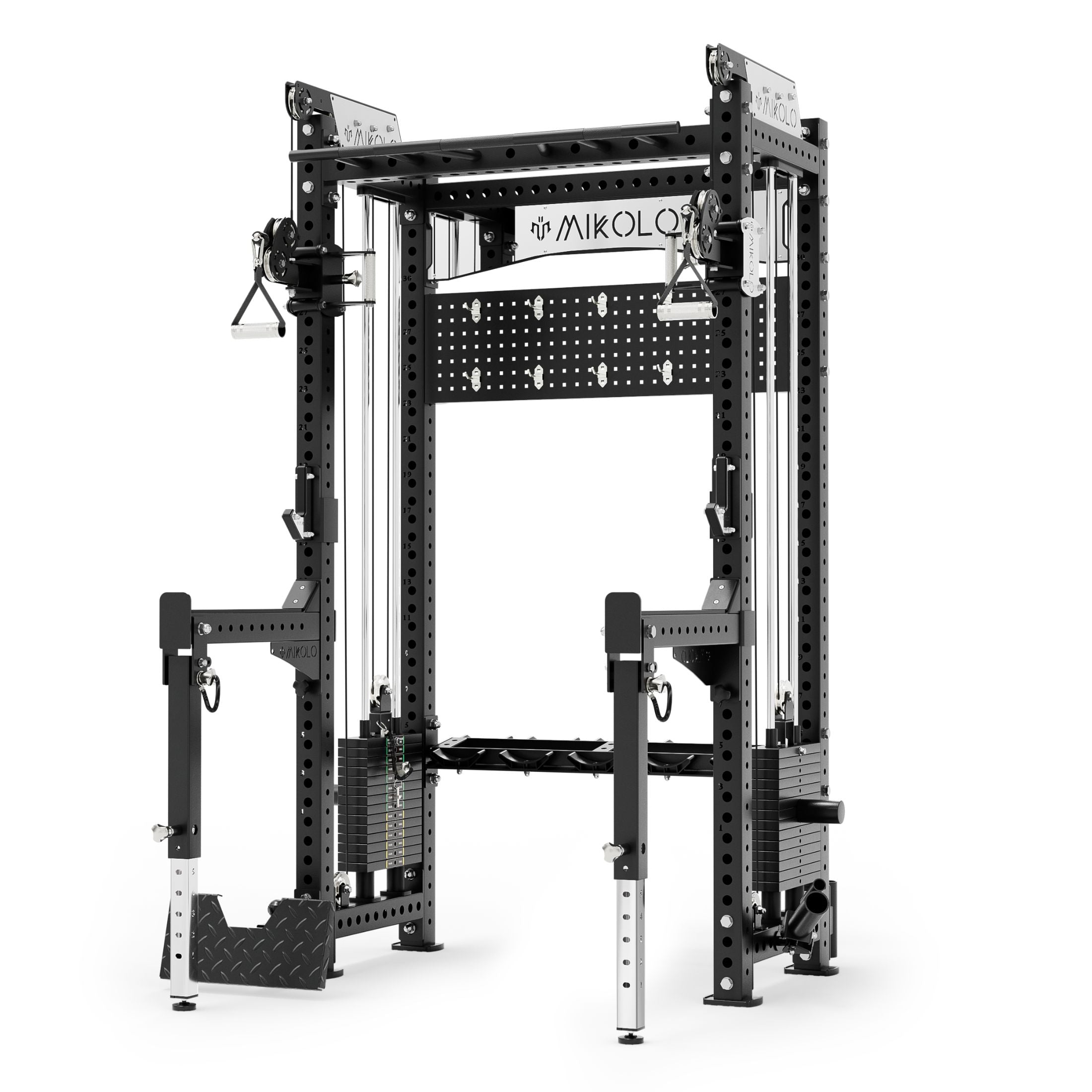
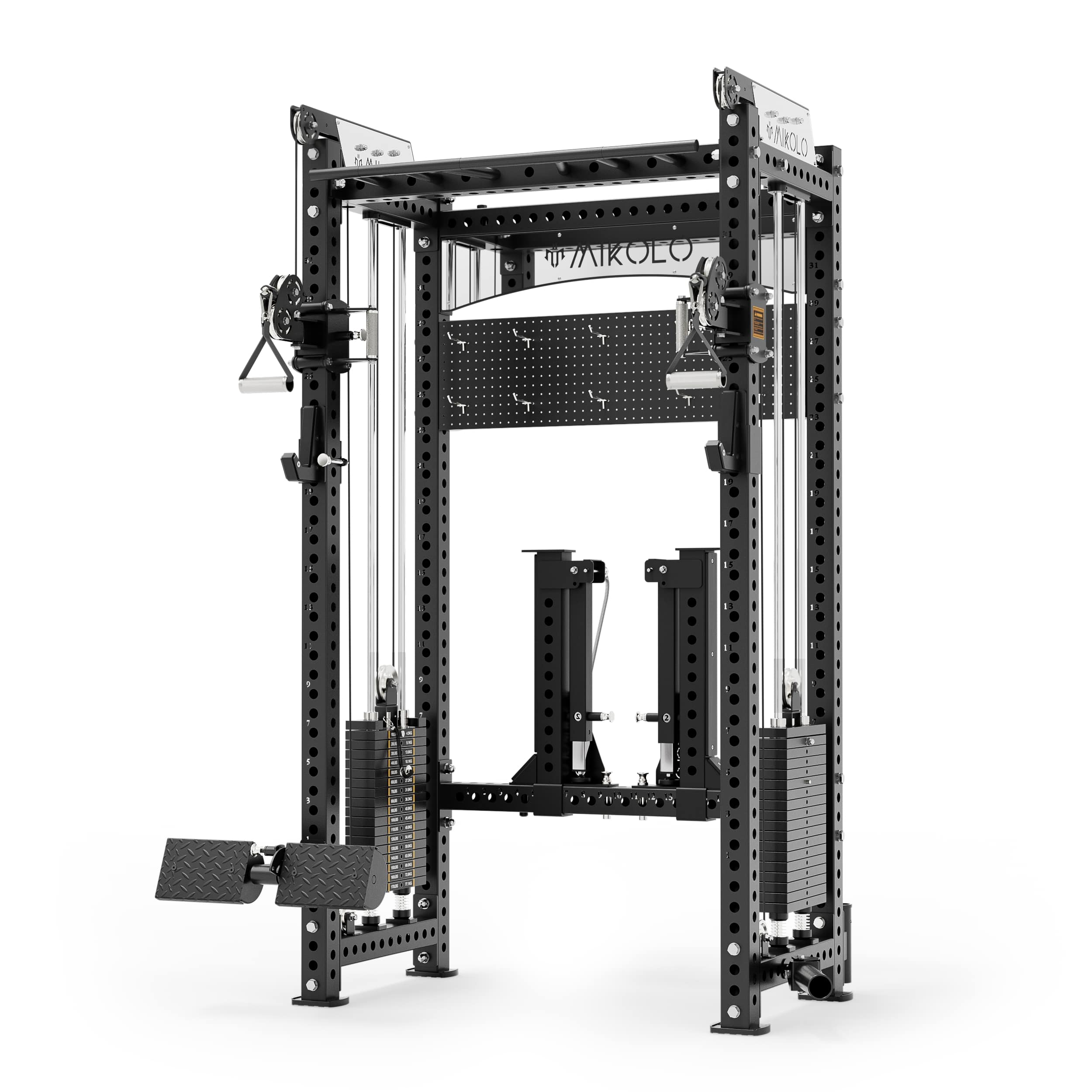
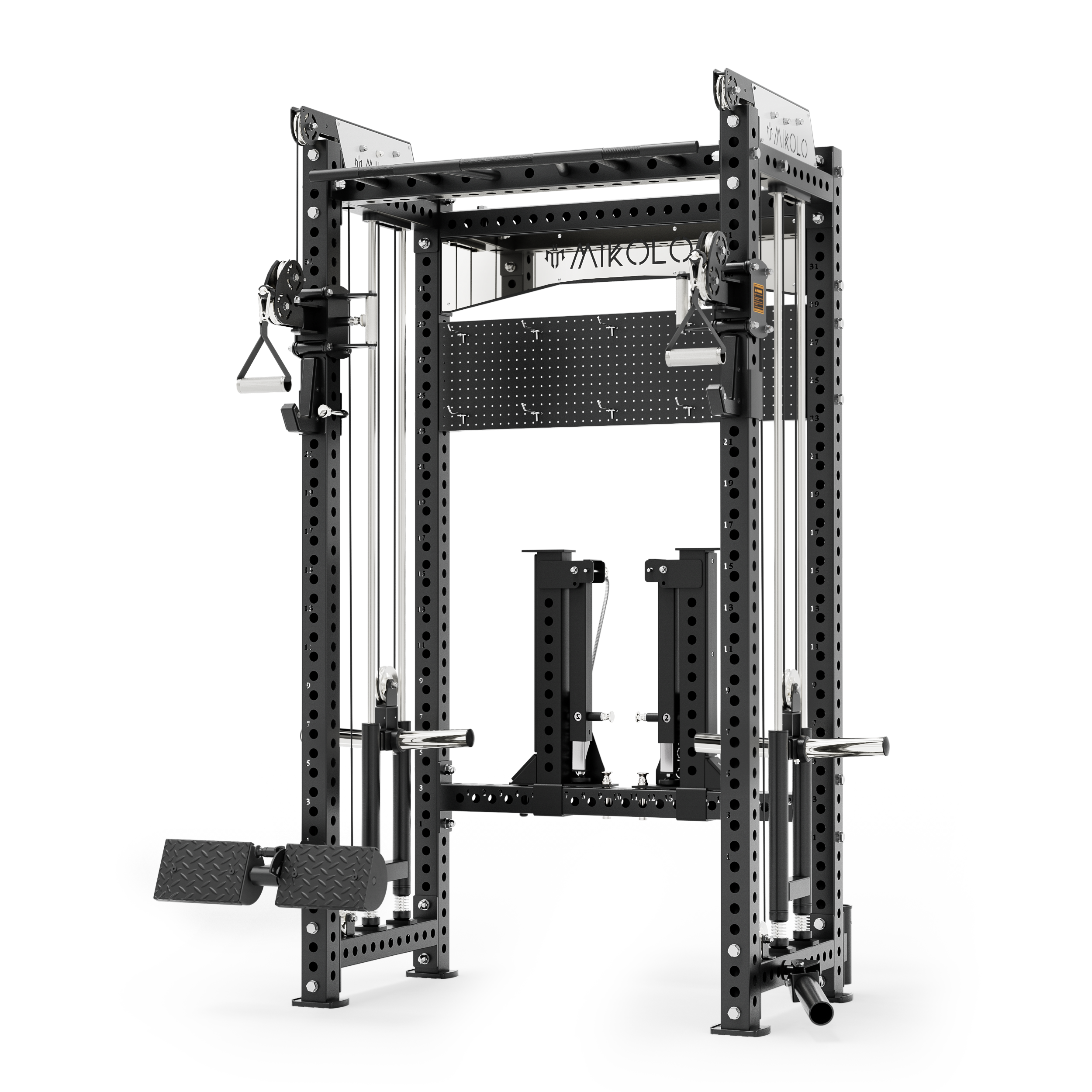


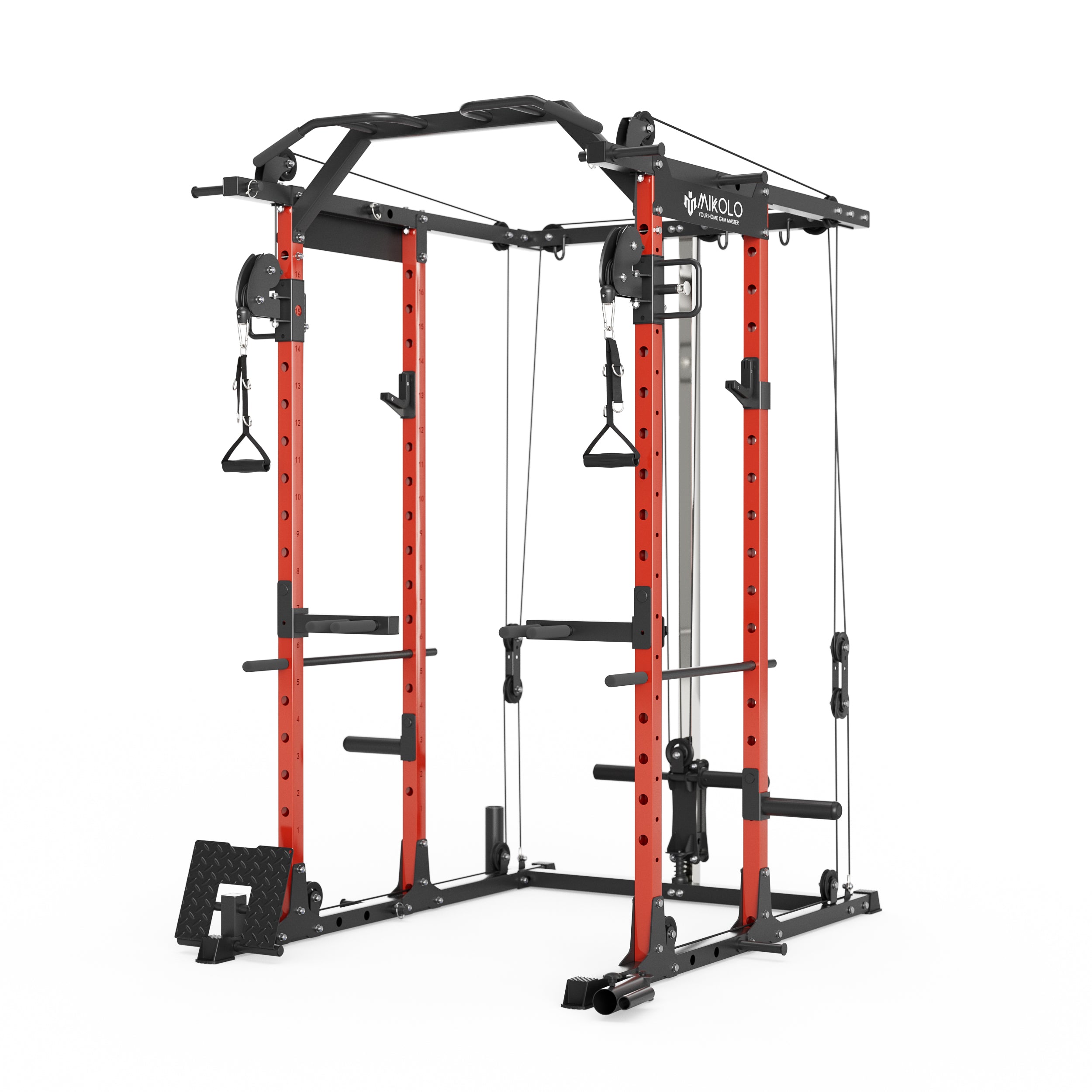
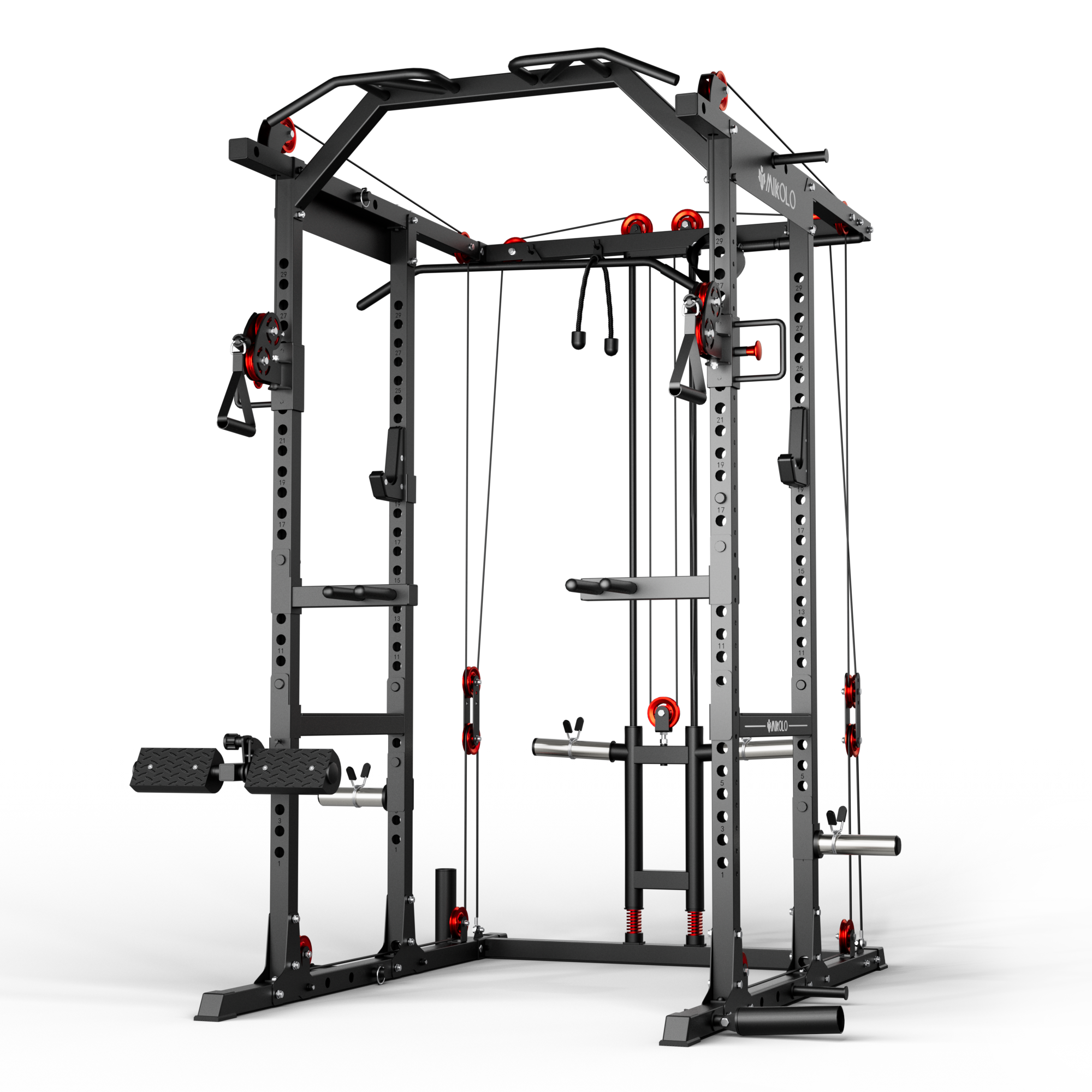



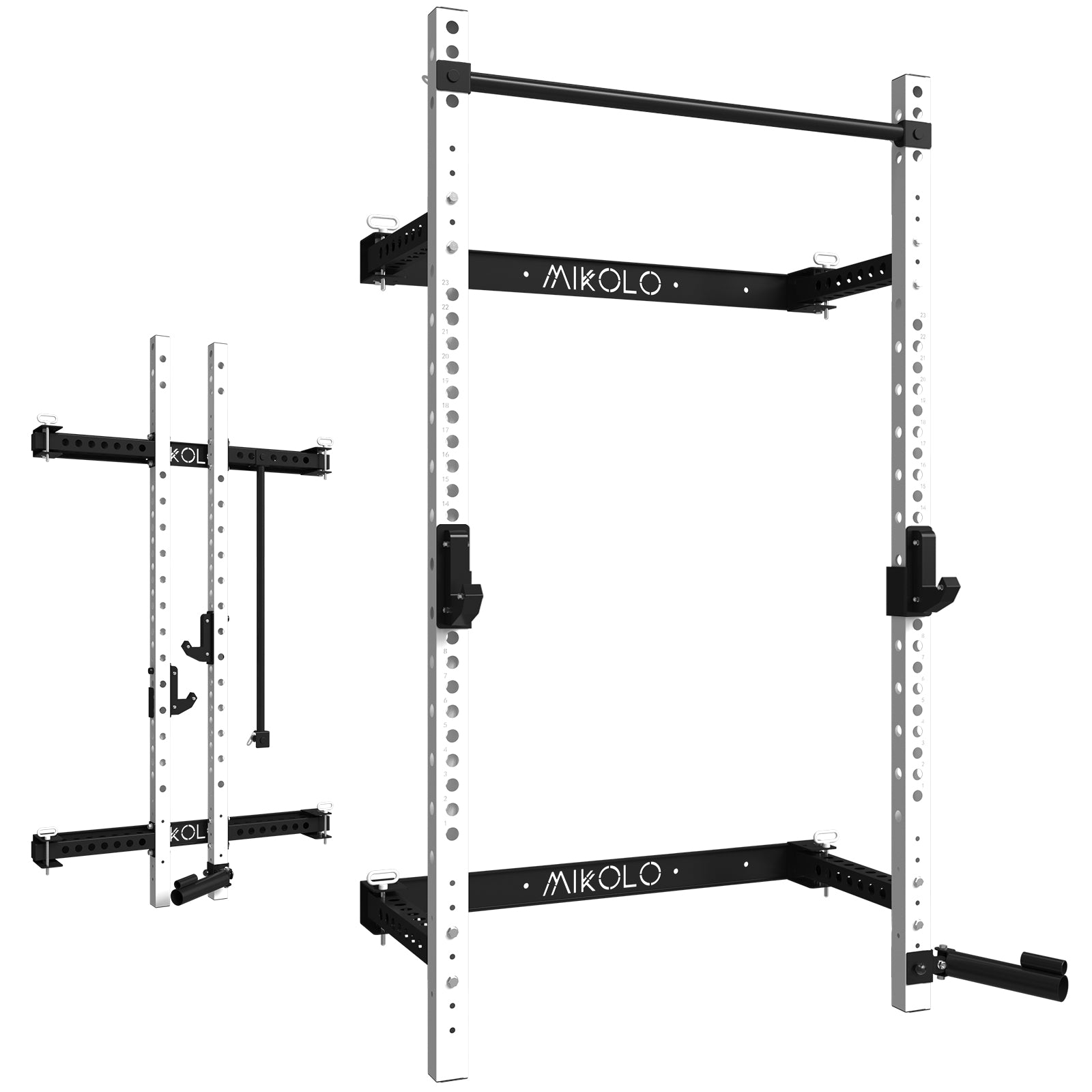

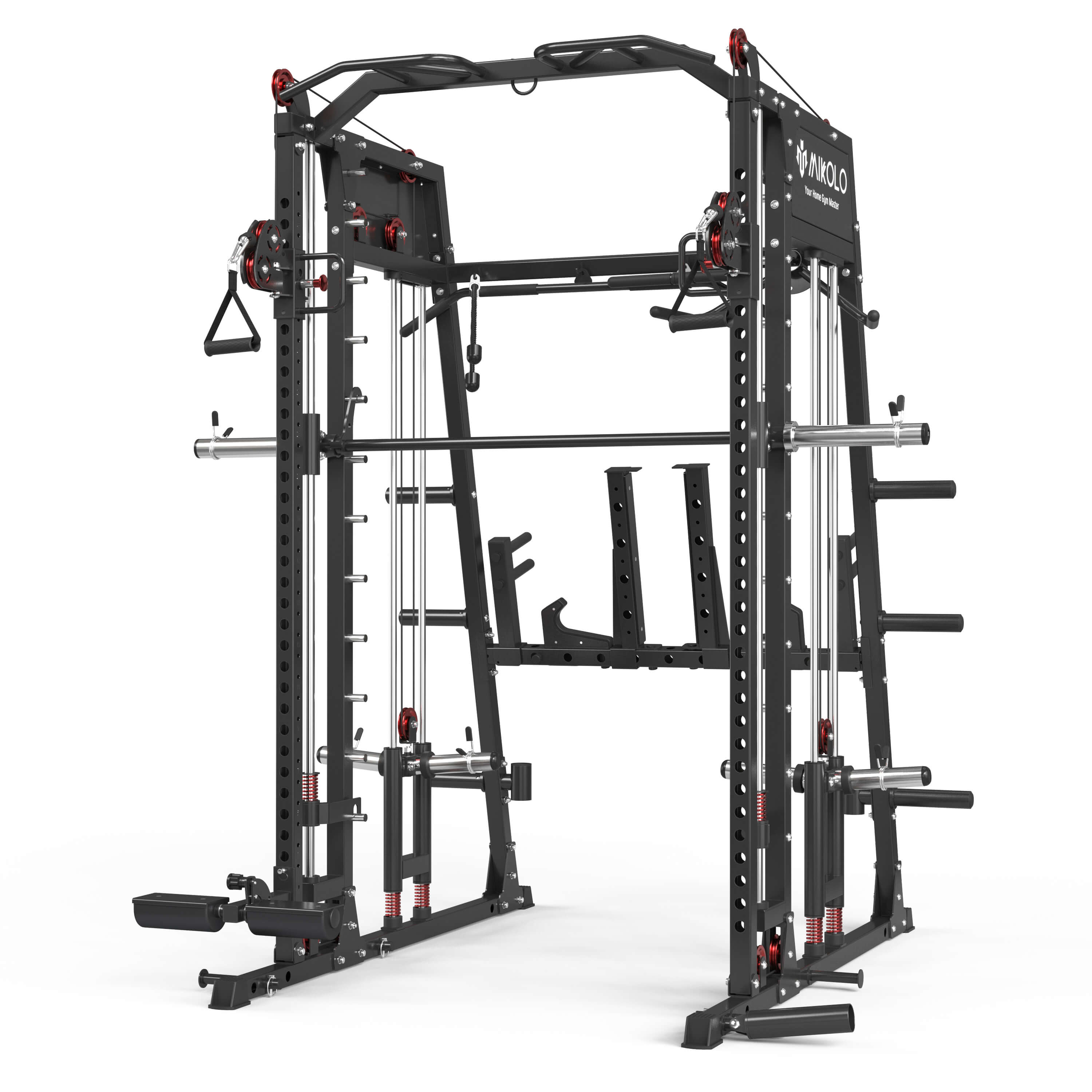
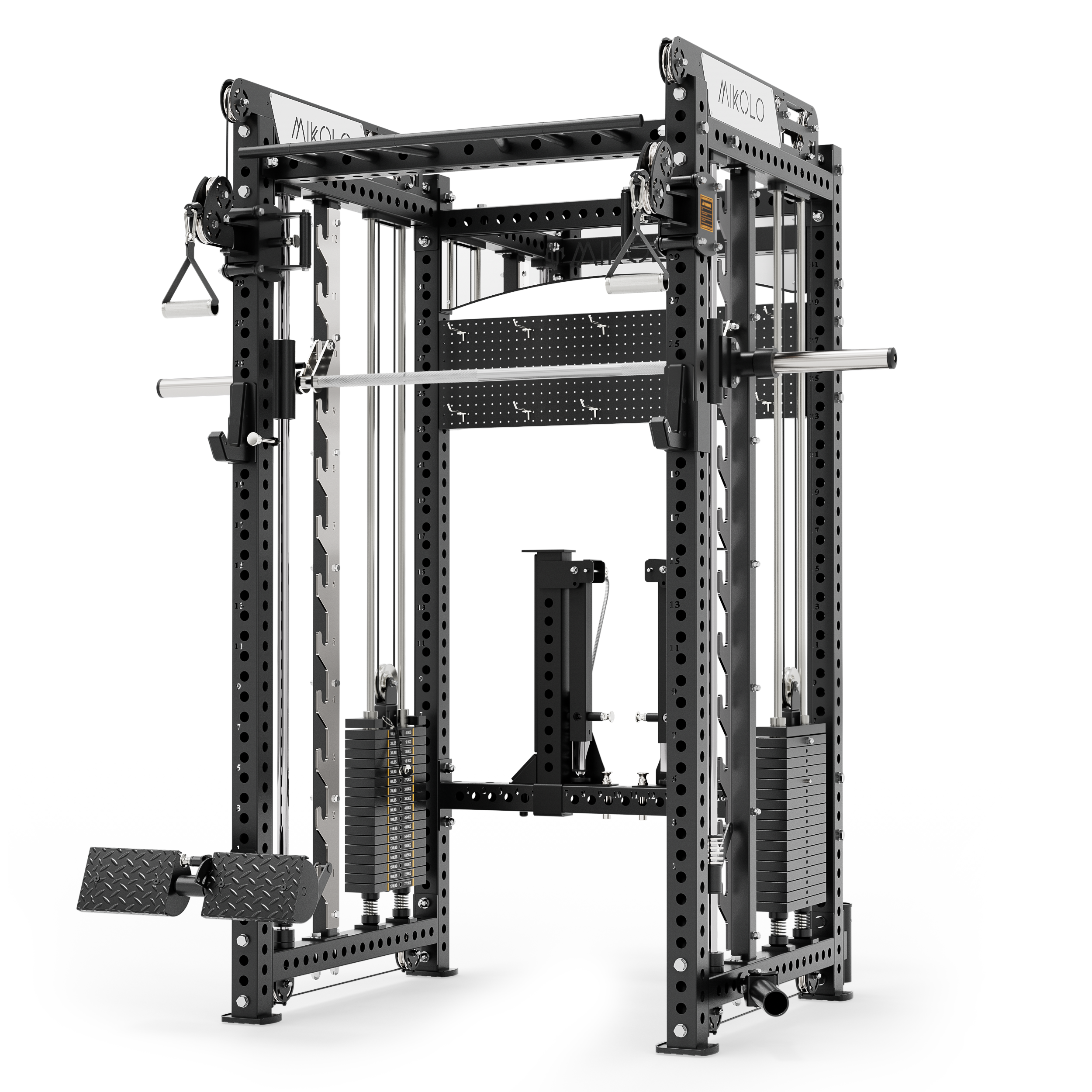
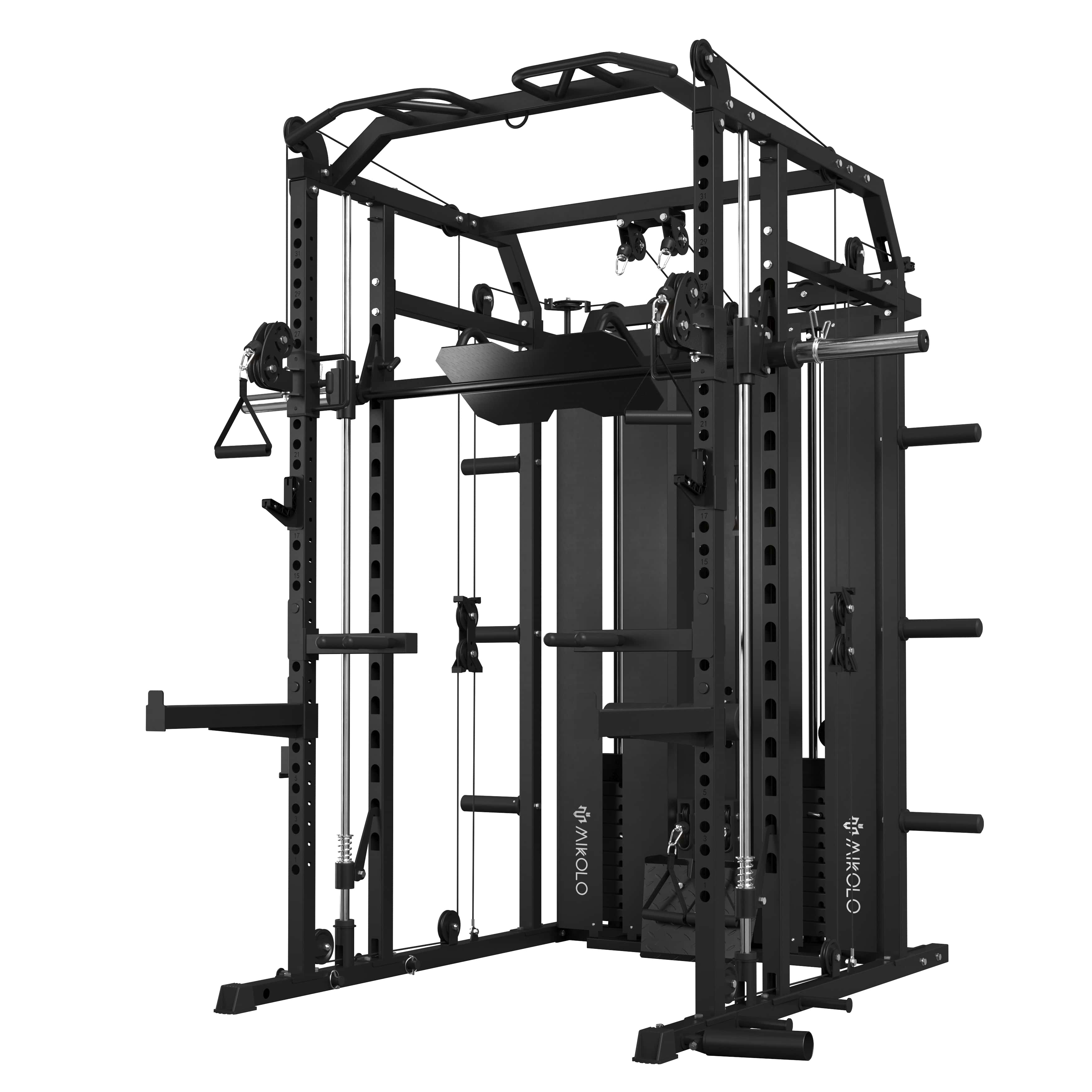




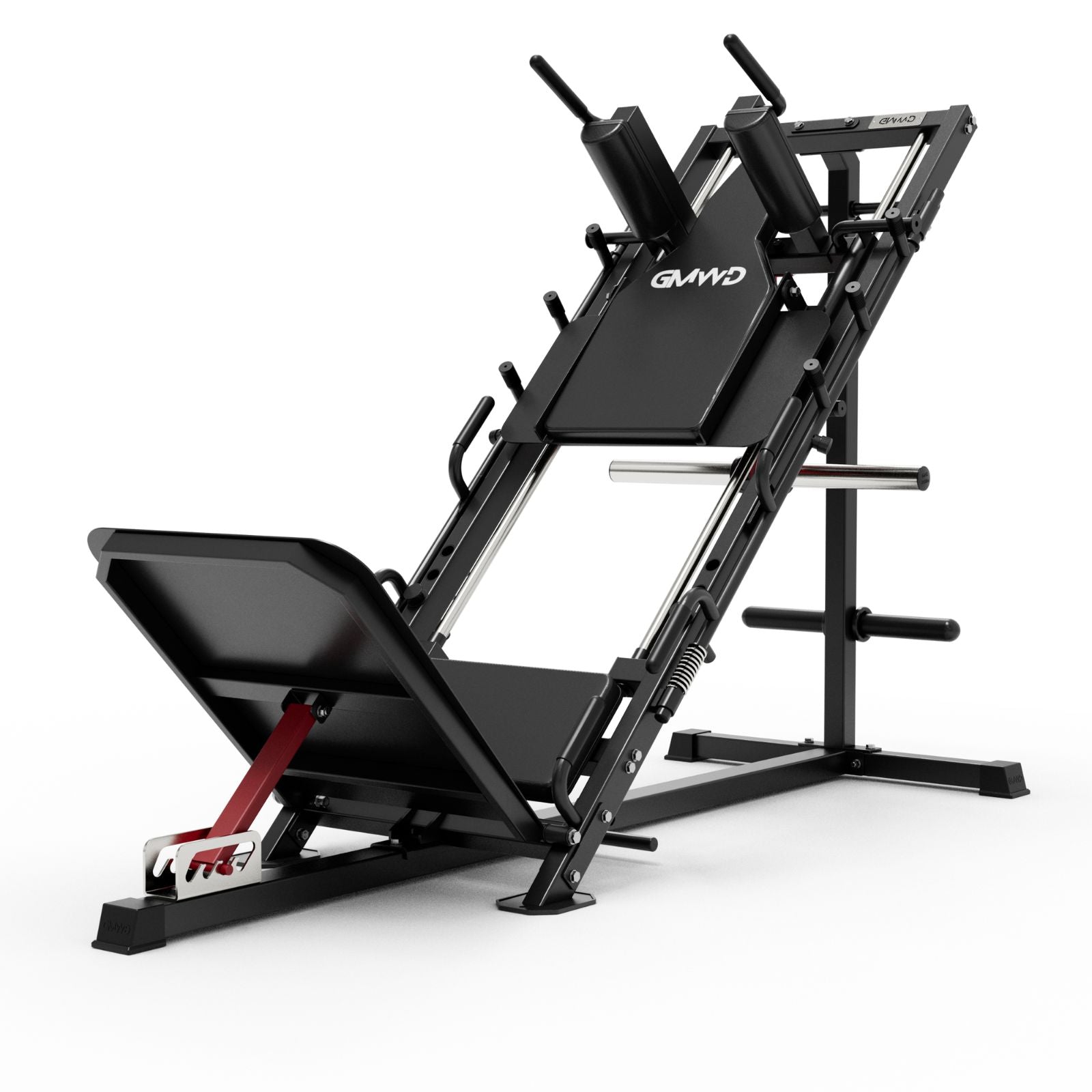


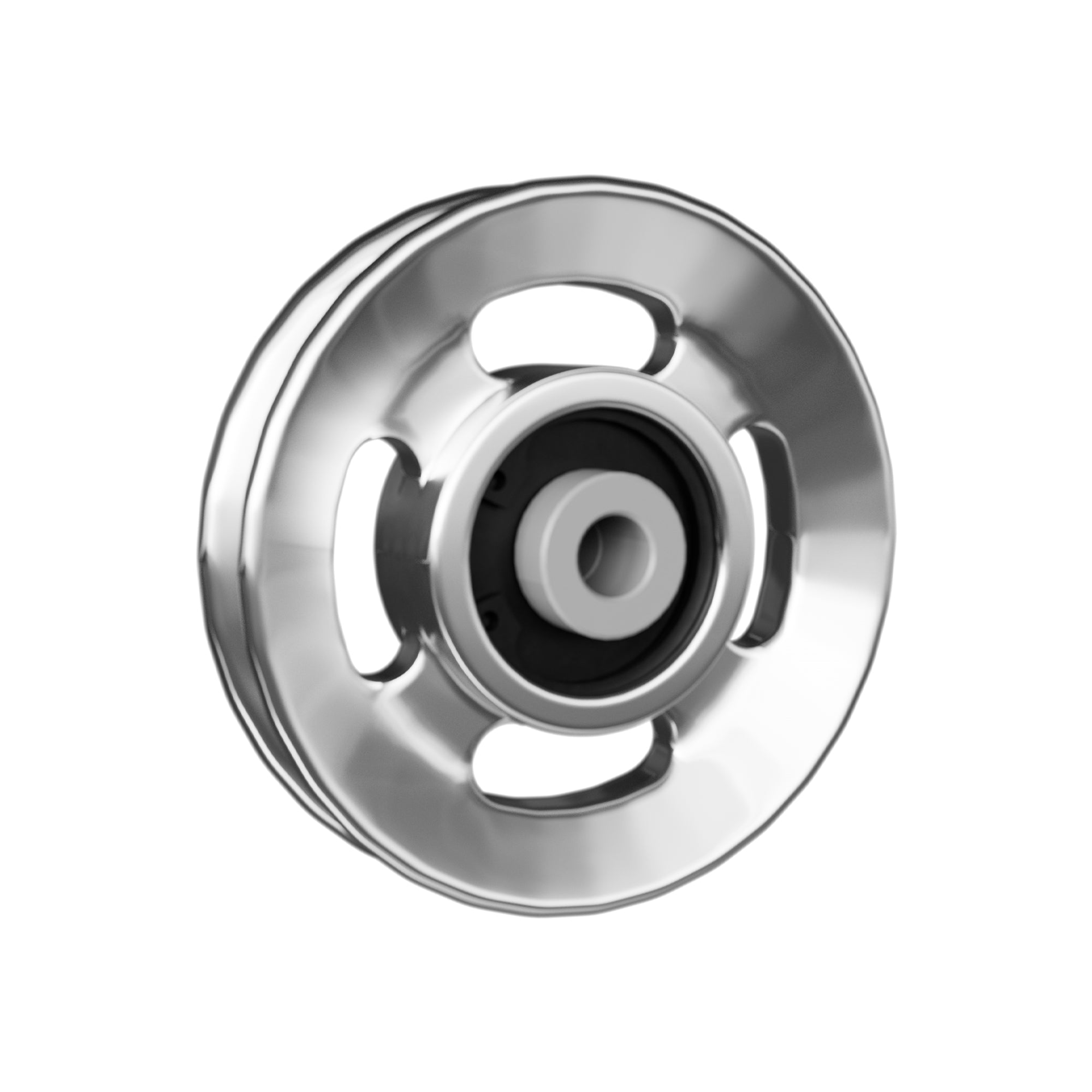


















Leave a comment
This site is protected by hCaptcha and the hCaptcha Privacy Policy and Terms of Service apply.